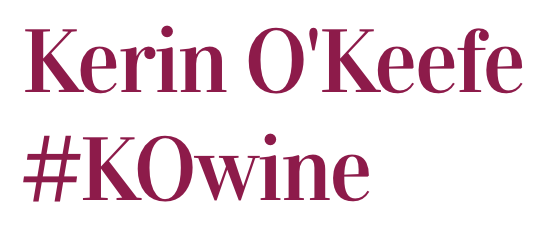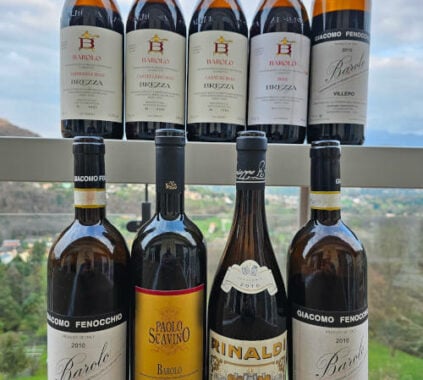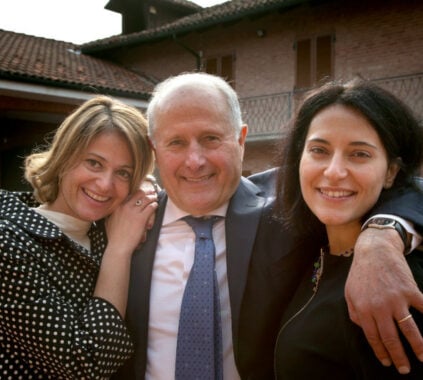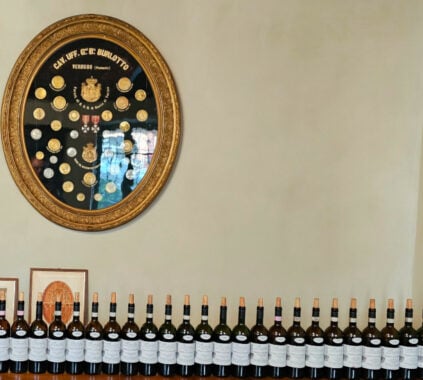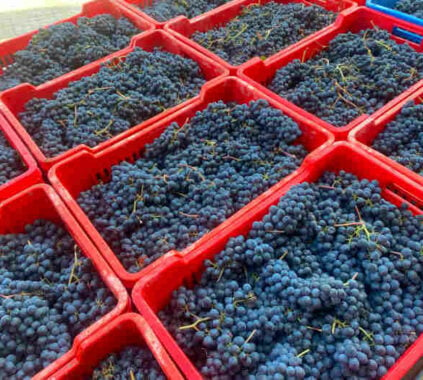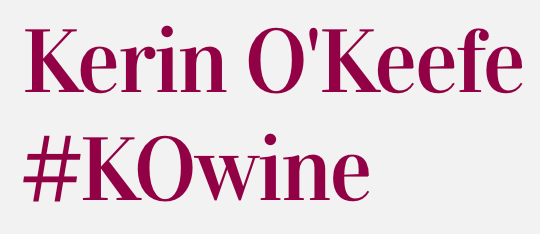If you love Barolo, Barbaresco and other wines made with Nebbiolo, brace yourself for the worst proposal I’ve heard in years, and one that could impact the reputation of some of the most esteemed wines in Italy.
When I was in Alba and Barbaresco a couple of weeks ago, producers told me that their consorzio had just alerted them to a newly proposed wine: Piemonte Nebbiolo DOC, Denominazione di Origine Controllata. The proposal, which insiders say originated with the Consorzio Barbera d’Asti e Vini del Monferrato, has producers in Barolo and Barbaresco on edge, and with good reason.
Piemonte Nebbiolo, which would be made with Nebbiolo grown throughout the region, would be a big step back for Italian wines. It would go against the push to create subzones in the most esteemed denominations by officially delimiting vineyard areas.
The proposed wine carries risks for consumers. Namely, if large cellars start pumping out industrial quantities of Nebbiolo hailing from less than suitable areas, for the first time, there could be a glut of Nebbiolo, and of dubious quality. Consumers, especially those just approaching Nebbiolo, would be utterly disappointed and may give up on the variety altogether.
Nebbiolo is one of the least cultivated grapes in Italy and the world, with the bulk of growth confined to certain areas of Piedmont, a sliver of Valle d’Aosta and Valtellina and a sprinkling of acres in the New World.
Considered one of Italy’s most noble native grapes and the only variety allowed in Barolo and Barbaresco, Nebbiolo is also the driving force behind Gattinara, Ghemme, Lessona, Carema and Valtellina Superiore. These are all fantastic, full-bodied and complex reds with impressive longevity.
And let’s not forget Langhe Nebbiolo, the typically youthful, vibrant expression of Nebbiolo made in the Barolo, Barbaresco and Roero growing areas, or Nebbiolo d’Alba, made in select townships outside of Barolo and Barbaresco.
Nebbiolo is one of the world’s most difficult grapes to cultivate. Unlike other renowned varieties—namely Cabernet Sauvignon and Merlot, which perform well around the globe—it needs specific growing conditions, including hillside vineyards with marked day-night temperature changes that prolong the growing season. Nebbiolo thrives in soils composed of calcareous marls, conditions that hallmark the Langhe hills, home to Barolo and Barbaresco.
Without the right growing conditions, Nebbiolo suffers. It’s sensitive to excessive heat, and for this reason has traditionally been planted on hillsides in cooler climates in select areas, which brings me to my point about Piemonte Nebbiolo.
The regional Piemonte DOC was created in 1994 to allow Piedmont producers to make wines with native and international grapes. Because it has a tighter production code than the country’s flexible Indicazione Georgrafica e Tipica (IGT) designations, it has always been viewed as a more “serious” counterpart to Tuscany’s IGT wines made with Cabernet Sauvignon, Merlot and/or blends.
In the past, Nebbiolo was one of the few grapes not allowed in Piemonte DOC. The plains, humid valley floors and Monferrato hills are considered too hot and sandy for the variety. Barbera, on the other hand, thrives in Monferrato and the Barbera d’Asti growing area and therefore has always been the grape of choice for local producers.
But now Nebbiolo is hot. In fact, it’s never been hotter. Barolo and Barbaresco have enjoyed a string of excellent vintages over the last decade, pushing demand to an all-time high. This has spurred unprecedented interest in the often fresher, more immediate and less expensive Langhe Nebbiolo.
Usually made with younger vines planted in Barolo and Barbaresco vineyards, or a declassification of Barolo and Barbaresco (and confusingly, it can even be a declassification of Nebbiolo d’Alba), producers say they can’t keep up with the global high demand for Langhe Nebbiolo. What used to be a stagnant production has increased 15–20 percent each of the past few years.
Creating Piemonte Nebbiolo requires a meeting between all the regional consorzios and producers who use the Piedmont designation. A 51-percent majority is needed to pass any change.
“Piemonte Nebbiolo would only benefit the large cellars in Monferrato and the Asti denominations, who currently focus on Barbera,” says Orlando Pecchenino, a producer and president of the Consorzio di Tutela Barolo, Barbaresco, Alba, Langhe and Dogliani. “But it would have major repercussions for producers of Langhe Nebbiolo, Barolo and Barbaresco, because it could cause a collapse in prices and damage the reputation of wines made with Nebbiolo.
“Our consorzio and producers are strongly opposed to creating Piemonte Nebbiolo and will be voicing our concerns and our objections when we’re convened by the region to vote.”
This proposal is part of a larger debate facing the Italian wine industry: officially zoning the growing areas. Ironically, it began with Barbaresco and Barolo, has spread to other areas, like Mount Etna, and is being seriously considered in several denominations across Italy. Zoning the growing areas is meant to highlight the importance of terroir, and is fundamental for understanding and improving Italy’s native grapes and classic wines. The proposed Piemonte Nebbiolo, on the other hand, completely ignores the crucial role terroir plays in quality winemaking.
Last modified: December 31, 2023
